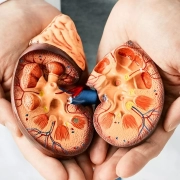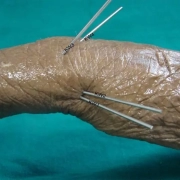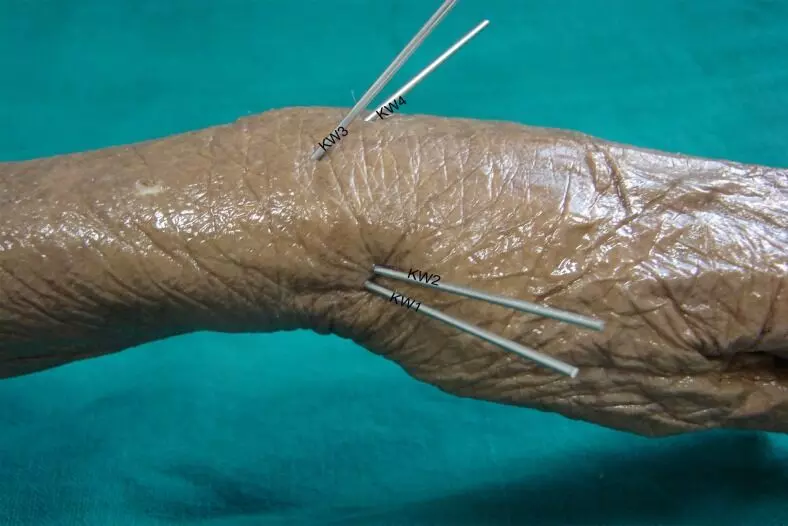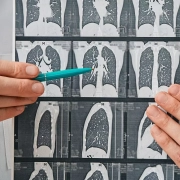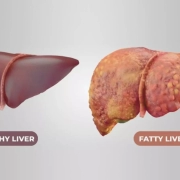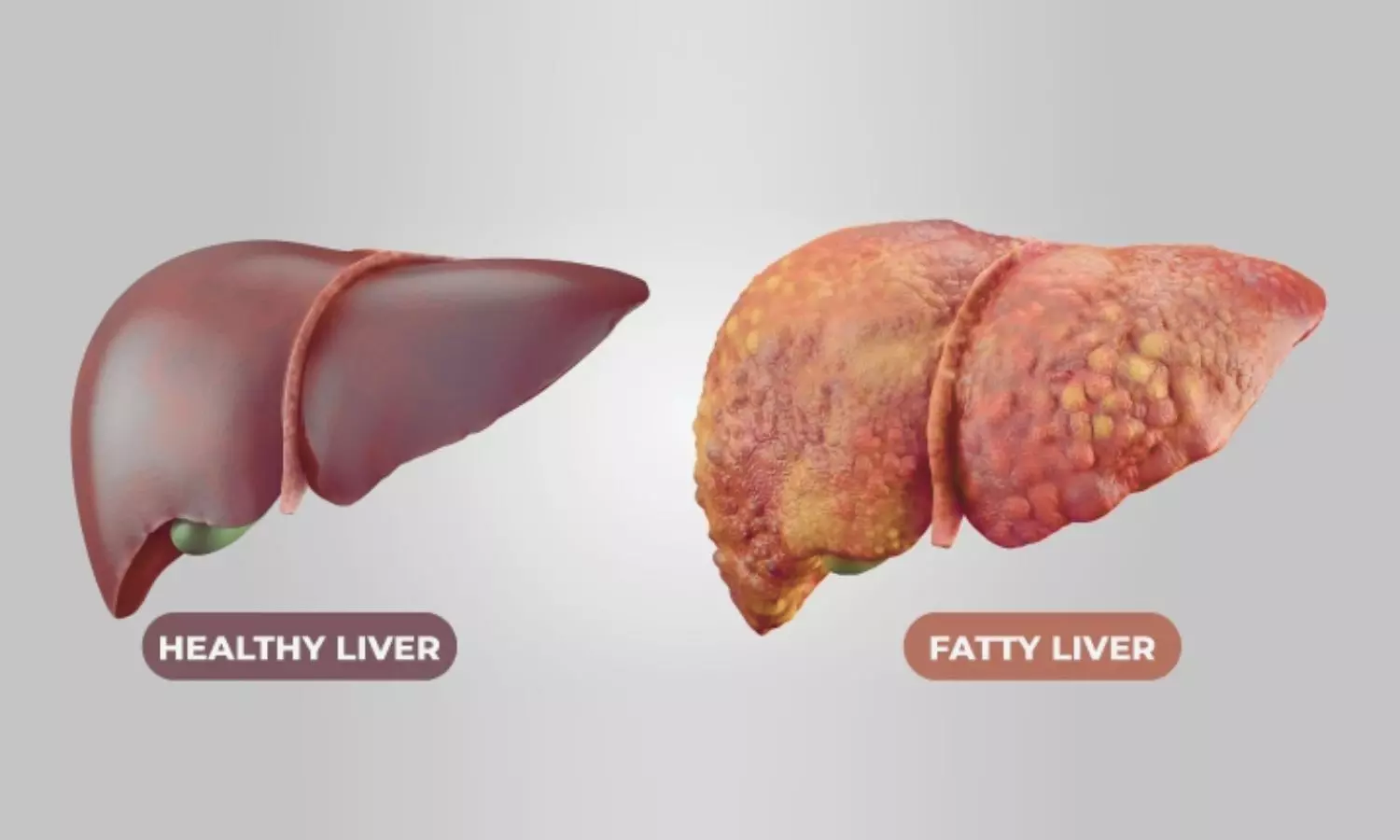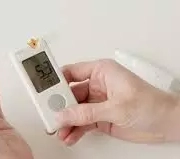Delay in continuous renal replacement therapy initiation linked to worse major adverse kidney events among adolescents and adults

The early or accelerated CRRT initiation strategy among adults with a history of acute kidney injury or volume overload has not demonstrated a survival benefit. There needs to be more data on the association of the timing of CRRT initiation with outcomes among children and young adults.
An Original Investigation on Nephrology published in JAMA Network Open has concluded that delaying the initiation of continuous renal replacement therapy (CRRT) in critically ill children increases the risk of adverse events. This includes death, dialysis dependence, and persistent kidney dysfunction at 90 days.
In this cohort study of 969 patients with data for the primary outcome of MAKE-90, a propensity score–weighted analysis found that each 1-day delay in CRRT initiation was associated with 3% higher odds of MAKE-90.
This retrospective cohort study utilized data from the Worldwide Exploration of Renal Replacement Outcome Collaborative in Kidney Disease (WE-ROCK) registry, collected between 2015 and 2021 across 32 centres in 7 countries. The participants included children and young adults (birth to 25 years) diagnosed with acute kidney injury or VO. The primary exposure was the time from intensive care unit admission to CRRT initiation, and the primary outcome was MAKE-90 (death, dialysis dependence, or persistent kidney dysfunction).
Critical points in the study are:
A total of 996 patients were enrolled.
· MAKE-90 occurred in 65 % of patients (n=630).
· 368 patients, constituting 58.4 %, died.
· Out of 601 patients who survived, 262 patients had persistent kidney dysfunction. Out of these patients, 91 patients were dependent on dialysis.
· The time taken to initiate CRRT was about a day longer for those with MAKE-90 (three days vs two days.
· In the generalized propensity score-weighted regression, there were approximately 3% higher odds of MAKE-90 for every 1-day delay in CRRT initiation, with an odds ratio of 1.03.
In this study of children and young adults receiving CRRT, it was observed that a longer time in initiating CRRT is associated with a greater risk of MAKE-90 outcomes, particularly death. These results imply further research to determine the optimal time to initiate CRRT and its interaction with other factors like VO to improve survival rates and reduce complications in this category of patients.
Reference:
Gist KM, et al. Time to Continuous Renal Replacement Therapy Initiation and 90-Day Major Adverse Kidney Events in Children and Young Adults. JAMA Netw Open. 2024;7(1):e2349871. doi:10.1001/jamanetworkopen.2023.49871
Powered by WPeMatico

